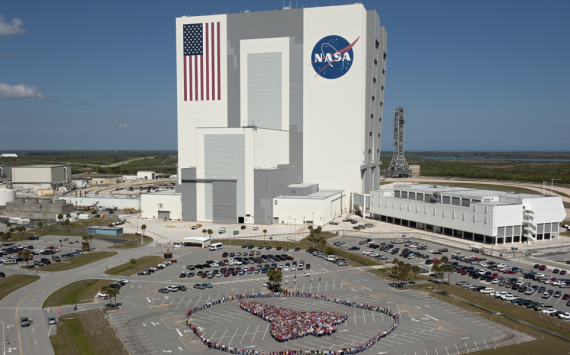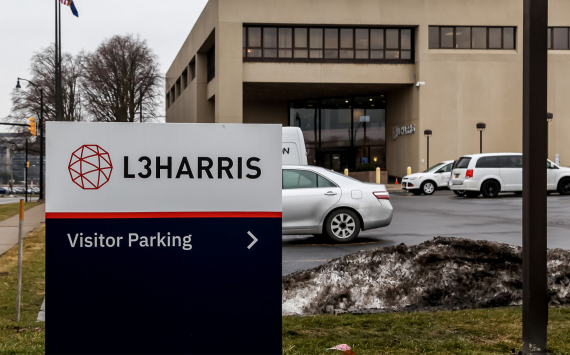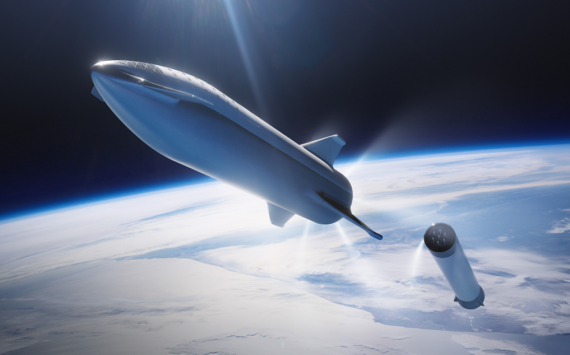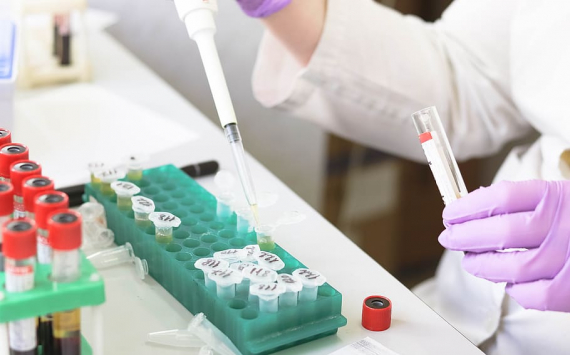
Artemis program
The American Aerospace Agency (NASA) is finally concerned about the scientific tasks that the members of the Artemis mission will perform on the Moon. On the eve of the mission, NASA published a 188-page report that not only focused on the priorities of the mission, but also highlighted a number of discrepancies between the goals set and the technical capabilities of the mission.
The report was prepared by a specially created team of specialists and includes seven main scientific objectives of the mission, the practical implementation of which will not begin until 2024 with the landing of astronauts in the southern polar region of the Moon.
Renee Weber is a leading specialist at the Marshall Space Centre, said: "The report is a comprehensive plan for Artemis, which requires a balance between research involving the delivery of lunar samples, field studies on the surface and the placement of instruments on it".
The contradictions, according to the report, are related to the technical capabilities of the descending vehicle. The fact is that the requirements for the Human Landing System (HLS) programme stipulate that the descendant must deliver a minimum of one hundred kilograms of equipment to the surface, including returnable containers, cameras and other instruments, and this cargo may not be enough.
Furthermore, NASA does not plan to use the lunar rover for the first landing, limiting the astronauts strolls near the landing module.
Another limitation is the amount of lunar material that astronauts can take away. For the purposes specified by NASA, there are at least 35 kg, but preferably 100. The report presents two most feasible scenarios for collecting the substance, one with 25 kg and the other with 83 kg.
Sarah Noble from NASA said: "After decades of interplanetary space exploration using only robots, adding human involvement on the moon will help in more subtle research that machines cannot do".










































